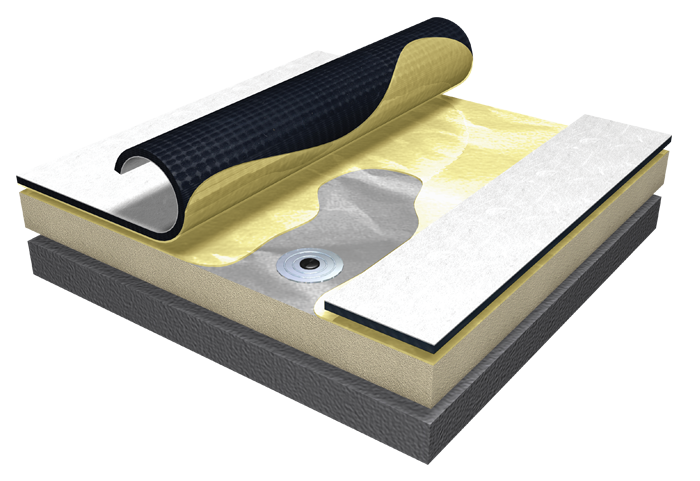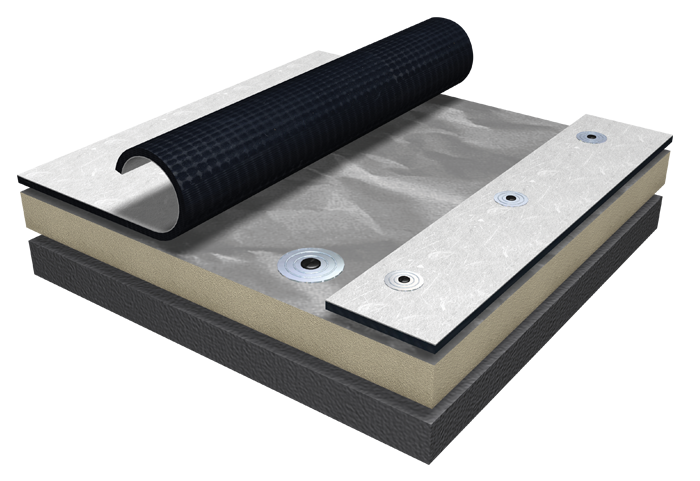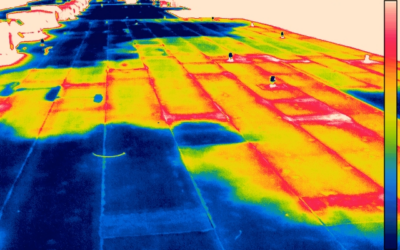Here is a quick comparison:
| CATEGORY | MECHANICALLY ATTACHED | FULLY ADHERED | WINNER |
| WIND UPLIFT: | Great wind uplift resistance (depending on attachment method) | Superior wind uplift resistance | FA |
| HAIL RESISTANCE: | Good resistance (depending on substrate) | Superior resistance (depending on substrate) | FA |
| INSTALLATION COST: | Less expensive | More expensive | MA |
| INSTALLATION TIME: | Quicker | Slower | MA |
| INSTALLATION TEMPERATURE: | Any temperature | Warmer temperature | MA |
| ENERGY EFFICIENCY: | Lower due to air intrusion and fluttering of the membrane | Higher – acts as an air barrier | FA |
| DURABILITY: | Medium | High | FA |
So which is best?
- That all depends on your budget, type of building, and your performance expectations.
- A Fully Adhered system will out perform a Mechanically Attached system every time.
- When it’s time for a new roof, always consult with an experienced and trusted roofing contractor to determine the best system for your building.
Pro Tip: Mechanically Attached and Fully Adhered both require proactive preventative maintenance programs to prevent hazards from becoming leaks and to prolong the life of the membrane. Manufacturer’s require a maintenance program to keep the warranty in good standing. Rhoden Roofing offers a preventative maintenance program called RoofCare. RoofCare is designed to save building owners money, increase the lifespan of the membrane, and reduce headaches that come from unexpected & preventable leaks.

Fully Adhered Illustration

Mechanically Attached Illustration


